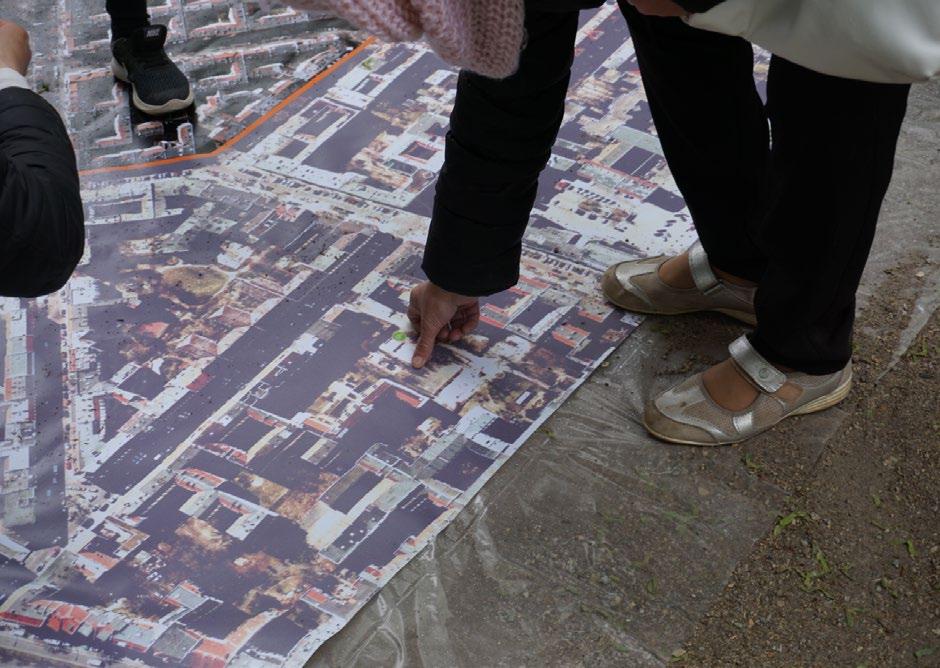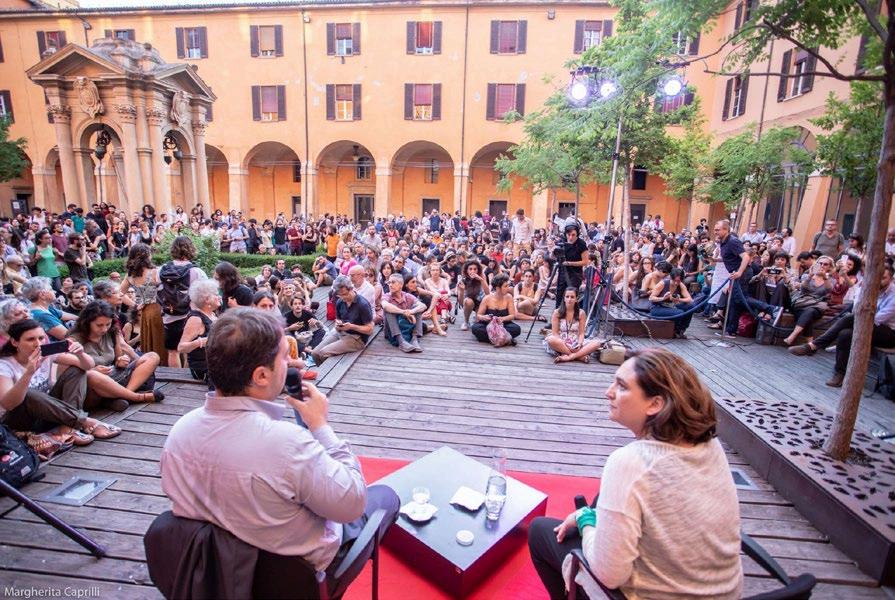
4 minute read
Urban Innovation Foundation
How does the foundation engage citizens?
The Urban Innovation Foundation is an analysis, communication, elaboration and coproduction Lab, focused on urban transformations to address social, environmental and technological challenges The Foundation aims to affirm and consolidate its role as a "collective brain" and a hub of urban transformations, a catalyst for ideas and activities, as well as a place for meeting and discussing among citizens, public institutions, associations and movements and all representatives of the economic, social and cultural world. To achieve this wide range of goals, three main areas have been identified within which the multiple activities of the Foundation can be articulated: • URBAN CENTER Activities for information and promotion of the territory and urban culture; • CIVIC IMAGINATION Activation of participatory and co-production paths; • MAPPING THE PRESENT Analysis and documentation of urban transformations, with a focus on open data.
Advertisement
Which co-creation moments are included
During the first years of the economic crisis, there has been a shift in the approach to citizens’ participation in urban development due to economic uncertainties and lack of resources, changes in citizens’ priorities, needs and claims. In the 2000s, the local administration recognized citizens participation as a tool to improve the implementation of structural plans and city planning: the city has developed a long series of initiatives, shared actions and policies to co-design urban development together with its citizens.
From 2014, Municipality experimented and acquired new tools to include different urban actors and inhabitants in the co-design of the city, as: • INCREDIBOL! To reuse public buildings; • Iperbole (the renewed) Civic Network; • Regulation for the care and regeneration of urban commons.
In particular, the Regulation allows territorial stakeholders and citizens to sign “cooperation pacts” with the administration, taking on responsibility for solving problems and taking care of a particular area of the town.
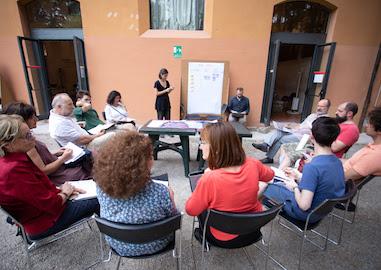
Pedagogic/methodological aspects
Education is the focus point for the citizens who took part in the participatory labs promoted between 2017 and 2018. Several places are referred to as a training gym where you can catch a glimpse of Bologna as a city that learns and makes you learn through actions oriented to socialization and recreation and moreover through artistic courses and labs that can be related to art, sport, culture, creativity, music.
Education is conveyed through schools and public libraries, social centers for the elderly and all those collaborative spaces with civic purposes because Education is not only a need but a potential resource. The spread of these meeting points outside of schools needs both a new kind of governance from a citizen/district perspective and a close relationship to policies in a public space, place and means for more inclusive activities such as those actions of "street education" through sport equipment. Another obvious link is a cultural approach where culture is the source of knowledge and education, especially when the younger are involved in codesigning specific activities because it is crucial for them to make space for new languages and expressions.
SWOT of smart practice
Strength Stronger connection between urban center’s policy makers and inhabitants. Weakness Open minded municipality is needed. Opportunities Co-design a city which is more linked with needs and desires of its own community. Threats If citizens are not well trained to this new way of co-managing the community they live in, politicians could take advantage of that and lead the proposals through their interests. Which aspects are transferable?
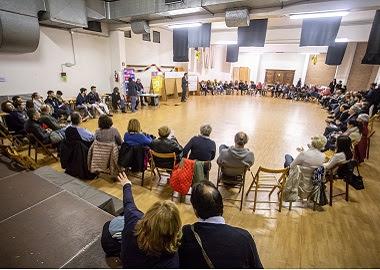
Concept and methods.
What kind of change is created?
With several designing tools and financial programmes, the Urban innovation plan is the strategy for gathering opportunities, tools, resources, spaces and skills, 2021 being its reference point.
Areas of interest: ● Civic imagination: collaboration as a method; ● Convenient places spread around the districts; ● Social inclusion, education, rights and equal opportunities; ● Environmental sustainability; ● Country attractiveness and Economy of proximity; ● Digital space and technology serving communities.
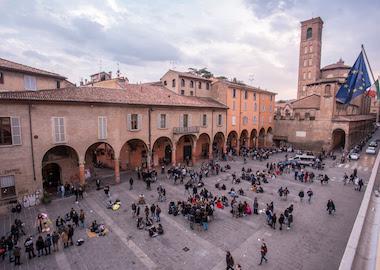
A story of how the lab works:
The district labs started in May 2017 aiming at creating a steady involvement both from the citizens and the communities in the Urban Innovation Plan. This goal should be achieved by activating and managing participatory processes developed in specific areas, public spaces and buildings around the city.
Year after and district after district, District Labs’ aim is to connect different financial resources, policies and networks which are born thanks to the citizen's commitment, making people's involvement consistent and across-the-board.
Each Lab acts in the framework of the community's care policy-area and works on different levels (district-area-neighborhood related) activating specific projects and integrating the municipal sector-based policies. Conclusion
Reducing the gap between citizens with local administrators by designing a place where, in a more easily and accessible way, you as a citizen could bring your ideas and – auspicity – find a solution or and help to make it real. It is something each municipality needs to implement as soon as possible.
Notes > pics’ credits: Fondazione Innovazione Urbana
Community Mapping - a tool for participatory placemaking
Martin Barthel

Organization and country: CRN, Germany Target group: All citizens Age group: 12+ Context / Learning environment: non-formal education References, Link to the practices: www.mapmehappy.com/de
